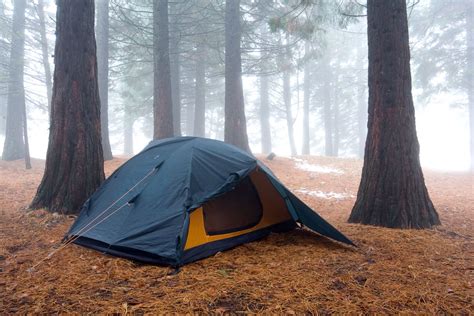Understanding the Enemy: What is Tent Condensation?
Tent condensation is a common and often frustrating issue for campers, especially when venturing out into cold and wet conditions. It occurs when warm, moist air inside your tent comes into contact with the colder tent fabric, causing the water vapor to turn into liquid droplets. This moisture can originate from various sources: your breath, perspiration, wet gear, cooking, and even ground moisture.
While often mistaken for a leaky tent, condensation is a natural phenomenon that can quickly make your sleeping bag damp, chill you, and generally diminish the comfort of your outdoor experience. Effectively managing it is key to a successful trip.
The Cardinal Rule: Maximize Ventilation
Ventilation is your most powerful weapon against condensation. By allowing air to circulate, you enable the moist air inside to escape and drier air to enter, reducing the dew point within your tent. Many campers, especially in cold weather, are tempted to seal their tents completely to retain warmth, but this only exacerbates condensation.
- Open Vents and Zippers: Utilize all available vents in your tent, even in cold weather. Slightly cracking a door zipper at the top or bottom can also create crucial airflow.
- Guy Out Your Rainfly: Ensure your rainfly is pitched taut and well-guyed out. This creates a gap between the rainfly and the inner tent, allowing air to move freely and preventing the inner tent from touching the damp outer layer.
- Cross-Ventilation: Whenever possible, position your tent to allow for cross-ventilation. If your tent has two doors, open both slightly to create a through-breeze.
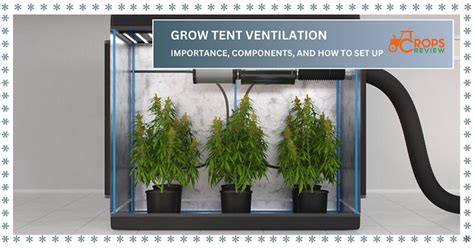
Strategic Site Selection
Where you pitch your tent plays a significant role in condensation management. Thoughtful site selection can drastically reduce the amount of moisture your tent collects.
- Avoid Depressions and Hollows: Cold air sinks, and low-lying areas often trap cooler, wetter air. Pitch your tent on slightly elevated ground where air can flow more freely.
- Steer Clear of Standing Water: Ponds, lakes, and marshes are obvious sources of humidity. Pitching too close to these will introduce more moisture into the air around your tent.
- Consider Tree Cover: While trees can offer shelter from wind and rain, they also release moisture and can block breezes, leading to more condensation. A balance is key; avoid pitching directly under dense foliage if possible.
- Utilize Wind: A gentle breeze can be your friend. Pitch your tent to allow the wind to pass through your vents, aiding in air circulation.
Gear Choices Matter
The type of gear you bring can also influence condensation levels.
- Double-Wall vs. Single-Wall Tents: Double-wall tents are generally better at managing condensation. The inner mesh tent allows moisture to pass through and condense on the outer rainfly, keeping the inner living space drier. Single-wall tents, while lighter, offer less separation and can become quite damp inside.
- Proper Sleeping Pad and Bag: A well-insulated sleeping pad and a warm sleeping bag prevent your body heat from excessively warming the air around you, which can contribute to condensation. Stay warm, but don’t over-insulate to the point of sweating profusely.
- Use a Footprint/Groundsheet: A properly sized footprint under your tent prevents ground moisture from seeping up through your tent floor, which can contribute to humidity inside.
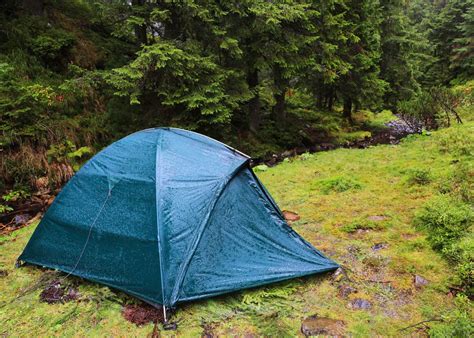
Proactive Moisture Management Inside the Tent
Even with good ventilation, you’ll likely still encounter some condensation. How you manage it inside makes a difference.
- Wipe Down Walls: Carry a small, absorbent cloth (like a microfibre towel) to wipe down the inside walls and ceiling of your tent in the morning. Wring it out outside.
- Store Wet Gear Wisely: Avoid bringing overly wet gear (rain jackets, boots, muddy packs) inside your inner tent. If possible, store them in the vestibule. If they must come inside, place them in a dry bag or hang them carefully to allow air circulation.
- Avoid Bringing Snow/Ice In: Brush off as much snow and ice as possible from your boots and outer layers before entering the tent. Every bit of moisture contributes.

Cooking and Breathing Habits
These seemingly small actions can have a big impact on your tent’s humidity.
- Cook Outside or in the Vestibule: Cooking inside your main tent area generates a tremendous amount of moisture. If conditions allow, cook completely outside. If not, cook in the vestibule with plenty of ventilation, ensuring stove safety.
- Mind Your Breath: Your breath is a significant source of moisture. Avoid pulling your sleeping bag completely over your head or creating a small breathing cave, as this traps exhaled moisture.
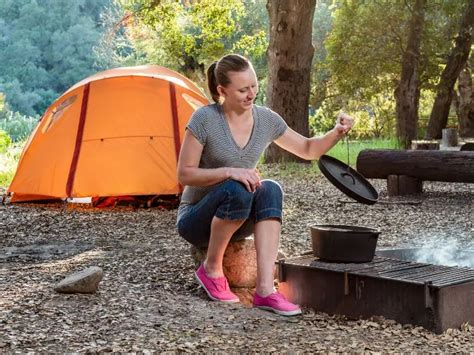
Other Smart Practices
- Dry Your Tent When Possible: If you get a break in the weather, take the opportunity to air out and dry your tent during the day. Unzip all doors and vents, or even separate the rainfly from the inner tent to allow them to dry individually.
- Shake Off Snow/Rain: Before packing up, give your tent a good shake to dislodge any accumulated snow or water droplets from the rainfly.
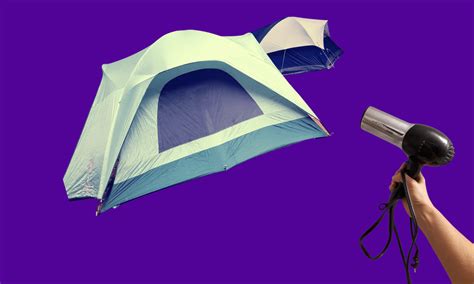
Conclusion
While you may never eliminate tent condensation entirely in cold, wet conditions, by diligently applying these strategies, you can significantly reduce its impact. Prioritizing ventilation, choosing your pitch site wisely, making smart gear choices, and actively managing internal moisture will help you stay drier, warmer, and more comfortable on your outdoor adventures, ensuring a more enjoyable and safer experience in challenging environments.
